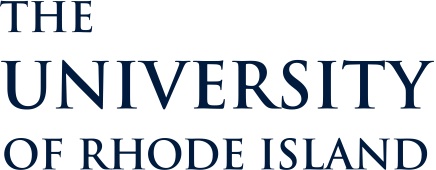Newswise — KINGSTON, R.I. – July 23, 2013 – When University of Rhode Island graduate student Caitlin DelSesto collected starfish in Narragansett Bay for an undergraduate research project in 2011, she was surprised to watch as the animals appeared to melt and die in her tank within a week. After bringing it to the attention of URI Professor Marta Gomez-Chiarri, she learned it was among the first observations of a new disease that is now affecting starfish – also called sea stars – from New Jersey to Maine.
Thanks to a grant from the Rhode Island Science and Technology Advisory Council, the URI researchers are collaborating with scientists at Brown University and Roger Williams University to try to identify the cause of the disease.
“There was a big increase in sea star numbers about three or four years ago,” said Gomez-Chiarri, “and often when you have a population explosion of any species you end up with a disease outbreak. When there’s not enough food for them all it causes stress, and the density of animals leads to increased disease transmission.
“Now that the disease is in the environment, it may be hard to get the population back to normal,” she added. “Diseases don’t just completely disappear after a massive die-off.”
The primary challenge the scientists are facing so far is finding enough starfish to study. They are trying to collect as many starfish as possible – both healthy and diseased individuals – but the die-off has made it particularly difficult to find them. So DelSesto is asking the public, especially local scuba divers, to report any large congregations of starfish in Rhode Island waters. Reports, including exact location, depth, numbers and whether the animals appear healthy or diseased, can be emailed to [email protected].
DelSesto said the researchers are approaching the problem from multiple angles. Roger Williams marine pathologist Roxanna Smolowitz is examining starfish tissues to identify the pathogen causing the disease; Brown molecular biologist Gary Wessel is using genomics to characterize the bacterial community living on and in healthy and diseased starfish; and DelSesto, Gomez-Chiarri and URI marine scientist Ed Baker are studying the environmental conditions the starfish live in, trying to replicate the disease, and culturing the pathogen.
“If you pick up a healthy sea star, they’re pretty firm, but sick ones are slimy and mushy and you might see white lesions on them that are eating away the tissue,” said DelSesto. “Sometimes they’ll release all their arms as a reaction to the stress they are under.”
The big question the scientists are asking is what triggered the disease. Was it a lack of nutrients available following the population explosion? What role does climate change play? Are changing environmental conditions altering the food chain? Is the disease an indication of other problems?
“The disease isn’t something that people need to worry about contracting because we don’t eat sea stars and most diseases of marine animals are not transmitted to humans,” said Gomez-Chiarri. “It’s primarily a worry about the health of the ecosystem and whether the disease is an indicator of something else.”
While the researchers are alarmed by the disease outbreak, they believe that starfish populations will eventually recover.
“An outbreak like this happened here back in the 1990s, and on the West Coast there were similar outbreaks in the 70s and 80s, and every time the populations came back on their own,” said DelSesto. “This one seems particularly severe, and climate change may be making it worse, but hopefully they’ll come back on their own this time, too.”
